As the celebration for the 30th anniversary of the Quantum Cascade Laser approaches, we thought of sharing some memories from the celebration of the 20th anniversary.
Here you willl find the introduction, topic overview and recordings from the 2014 event!
The quantum cascade laser is a semiconductor laser operating in the mid-infrared and Terahertz region of the spectrum. Its operation is based on two counter-intuitive phenomena characteristic of quantum mechanics: quantum confinement and tunneling. One of the most striking aspects of the quantum cascade laser is the fact that, in contrast to all the other lasers before, its operation and performance critically depends on quantum design of tens of layers of atomic thicknesses arranged in a stack that eventually comprises more than a thousand individual quantum layers. Two critical factors decided the success of what could have remained a pure laboratory curiosity. First of all, the QCL operated naturally in a wavelength range where other semiconductor lasers had difficulty reaching: the interband lead-salt lasers operated only in cryogenic temperatures, the technology on which it was based was difficult to control and the lasers themselves had a poor reliability and stability. In contrast, the quantum cascade laser was based on the same materials and techniques used for the telecom devices. Consequently, the QCL could leverage from the huge investments made to develop the optical communication industry. Finally, the new physical principle the quantum cascade laser was based on gave this device some key beneficial features, some of them being still being not fully exploited today. The significance of the quantum cascade laser is that it really unlocked a complete frequency range, the mid-infrared for applications. At the present time, those are dominantly focused on chemical sensing for environmental, medical and material processing, but could in the long term also concern telecommunications and material processing. The first quantum cascade laser was first successfully operated in Bell Labs Jan 14, 1994. The concept is to celebrate the 20 years of this invention by a symposium that reunites the key players of the field to examine the new trends and directions of the field. Therefore, the symposium is scheduled for January 16-17, 2014 in ETH Zurich. We have secured the participation of a very prestigious roster of speakers for the occasion.
Day 1, Jan. 16, 2014
- Cho, A.Y. — How Molecular Beam Epitaxy (MBE) was invented and how MBE is used for Quantum Cascade Lasers (QCL)
- Faist, Jérôme — 20 years of Quantum Cascade Lasers: key steps and future promises
- Kazarinov, Rudolf F.; Suris, Robert A. — Quantum cascade lasers: our initial concept and some of recent theoretical developments
- Sirtori, Carlo — Active modelocking and superradiant plasmons
- Tredicucci, Alessandro — The terahertz QCL: an unexpected journey
- Hu, Qing — THz frequency combs, light amplifiers, and antenna-enhanced emitters
- Hugi, Andreas — Quantum cascade laser frequency combs
- Strasser, Gottfried — Quantum Cascade ring lasers: beam profiles, polarization, integrated optics
- Wysocki, Gerard — Novel spectrometers enabled by Quantum Cascade Lasers
- Razeghi, Manijeh — History and late news of QCL at CQD/NU
Day 2, Jan. 17, 2014
- Tittel, Frank — Mid-infrared semiconductor laser based trace gas technologies: recent advances and applications
- Zahniser, Mark — Quantum Cascade Laser Applications for Atmospheric Trace Gases and Isotopologue Monitoring Using Direct Absorption Spectroscopy
- Normand, Erwan — Commercial applications of QCL in the industry and security sectors
- Troccoli, Mariano — Manufacturing and performance of quantum cascade lasers for industrial applications
- Allen, Mark — Trends in QCL sensing
- Lyakh, Arkadiy — Advances in QCL Performance
- Capasso, Federico — QCL’s: How/why it happened and future outlook
- Wagner, Joachim — Use of broadband tunable QCL for the detection of hazardous substances
- Muller, Antoine — From room temperature lasing to low dissipation CW DFB
- Day, Timothy — Commercialization and Applications of Quantum Cascade Lasers and Sensors
You may also like these articles:
- An article about the celebration on Nature Photonics
- A review on 20 years of challenges on OPTICA
- And of course, the original QCL paper on Science
Some pictures from the 20th anniversary!
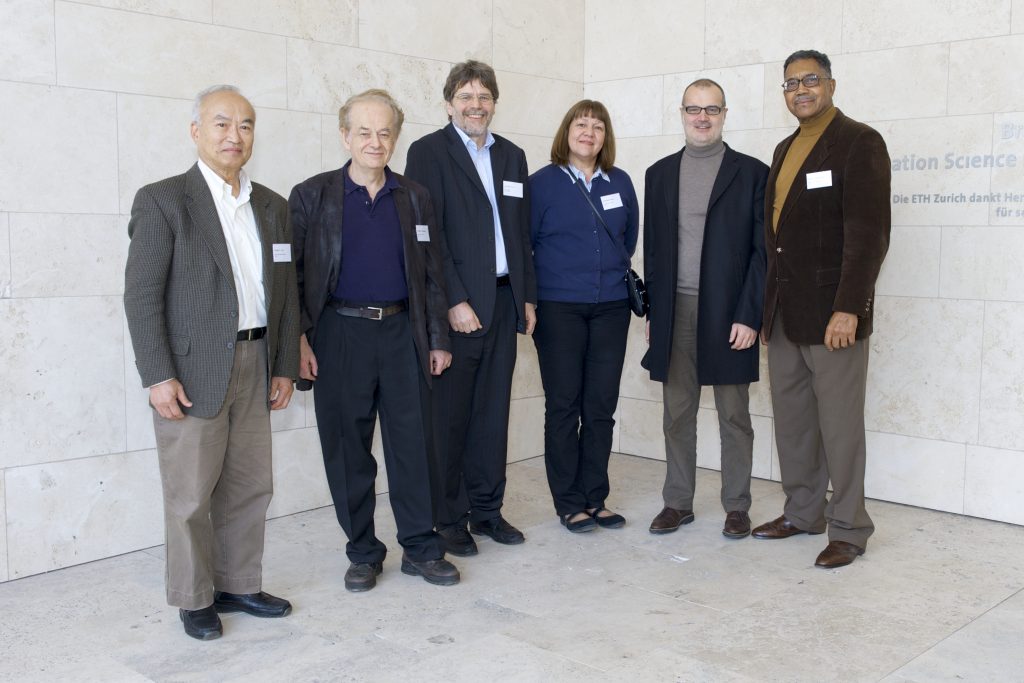
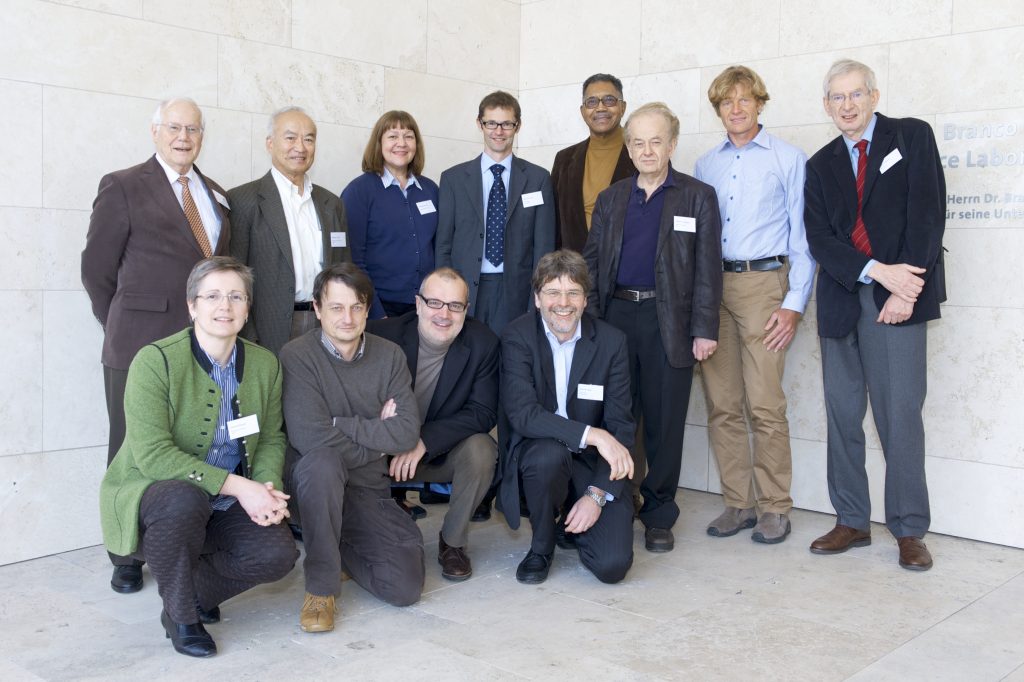
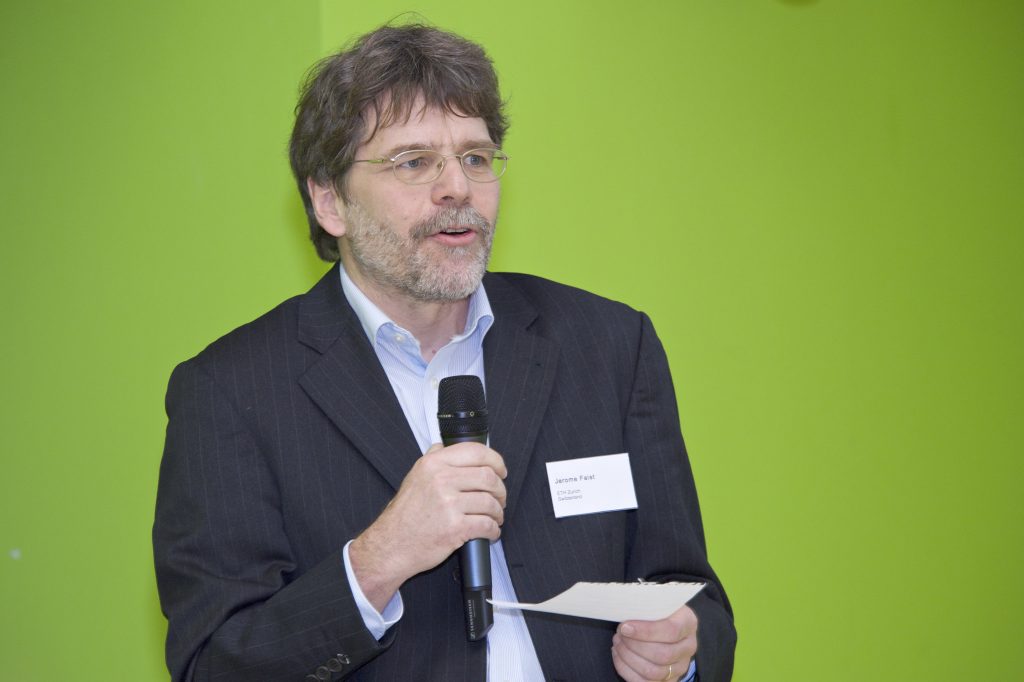
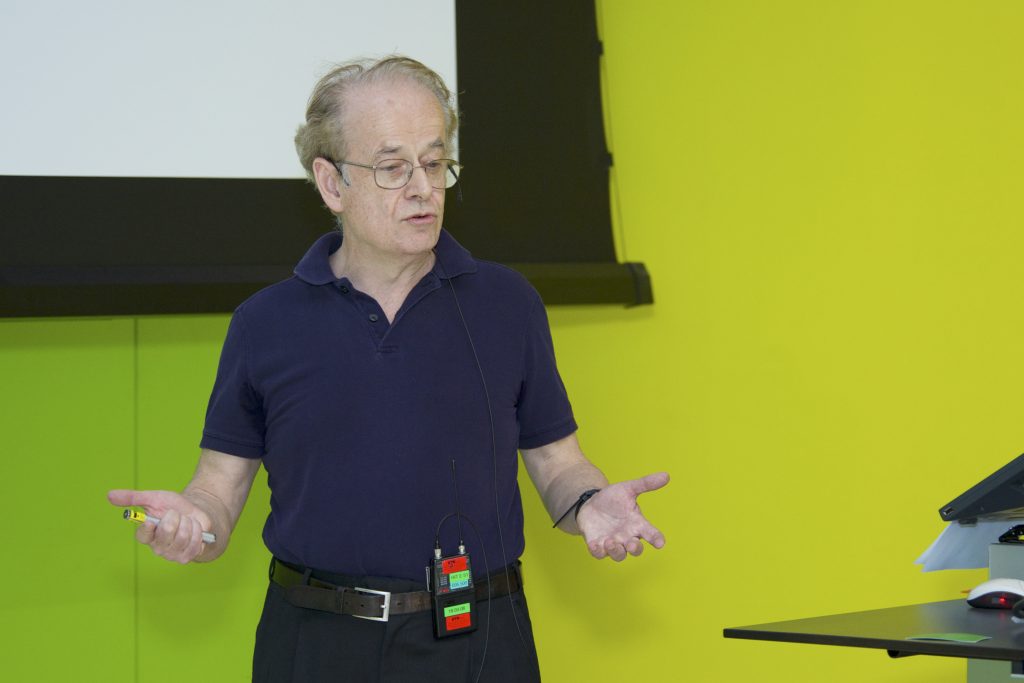
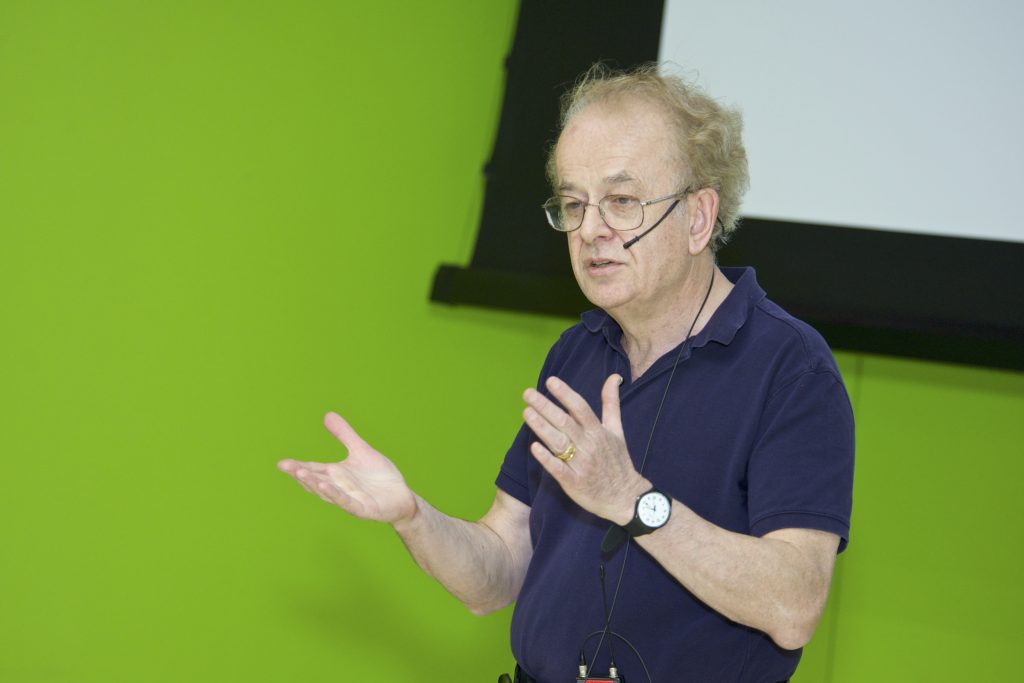
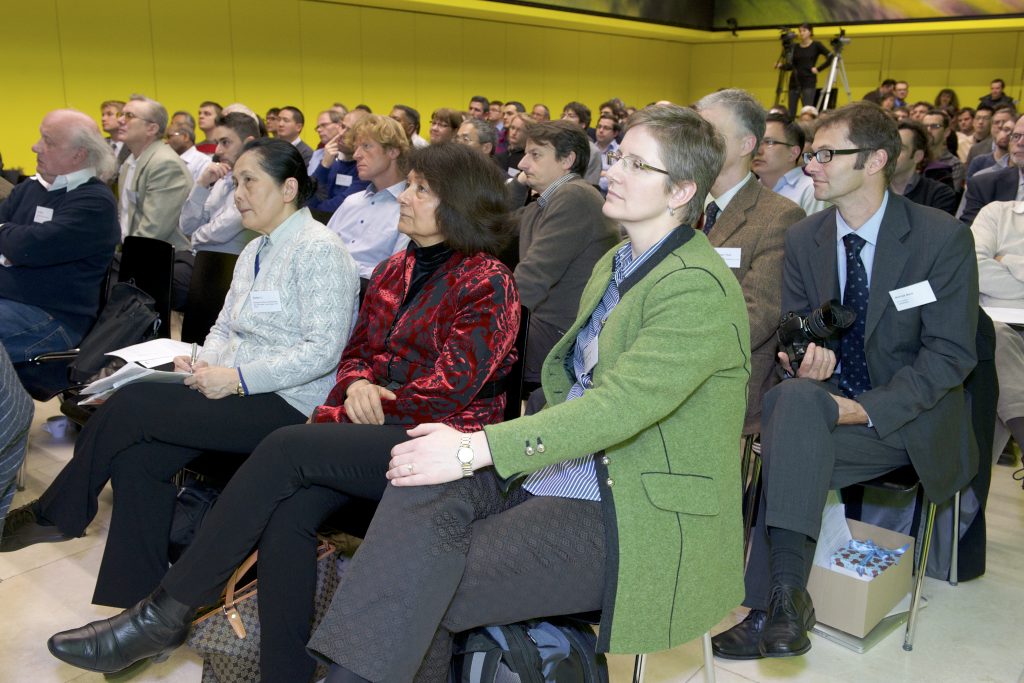
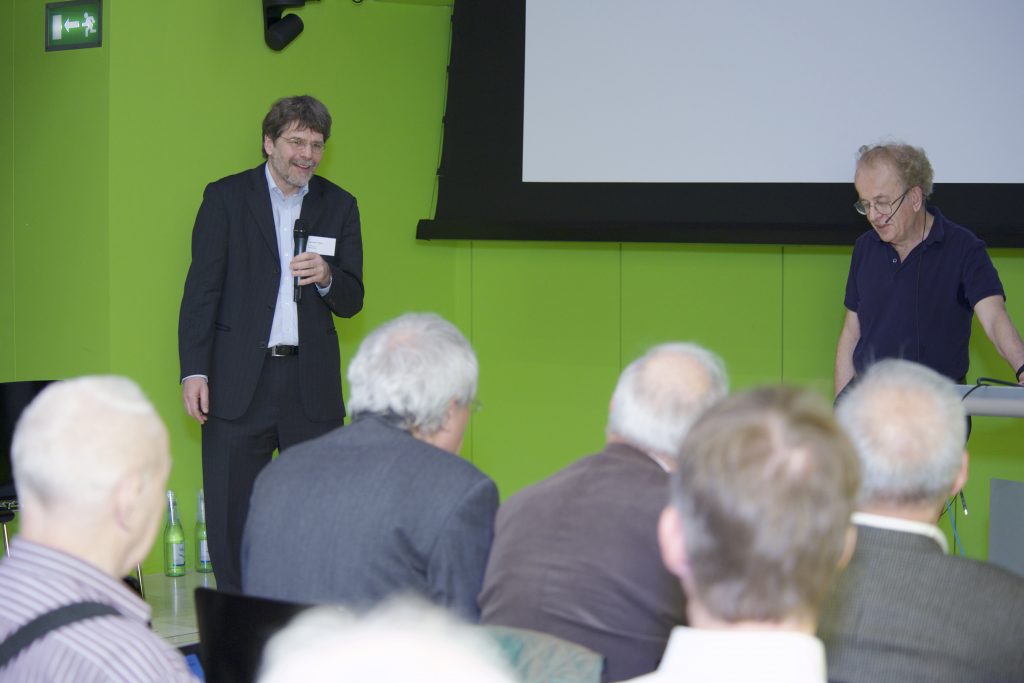
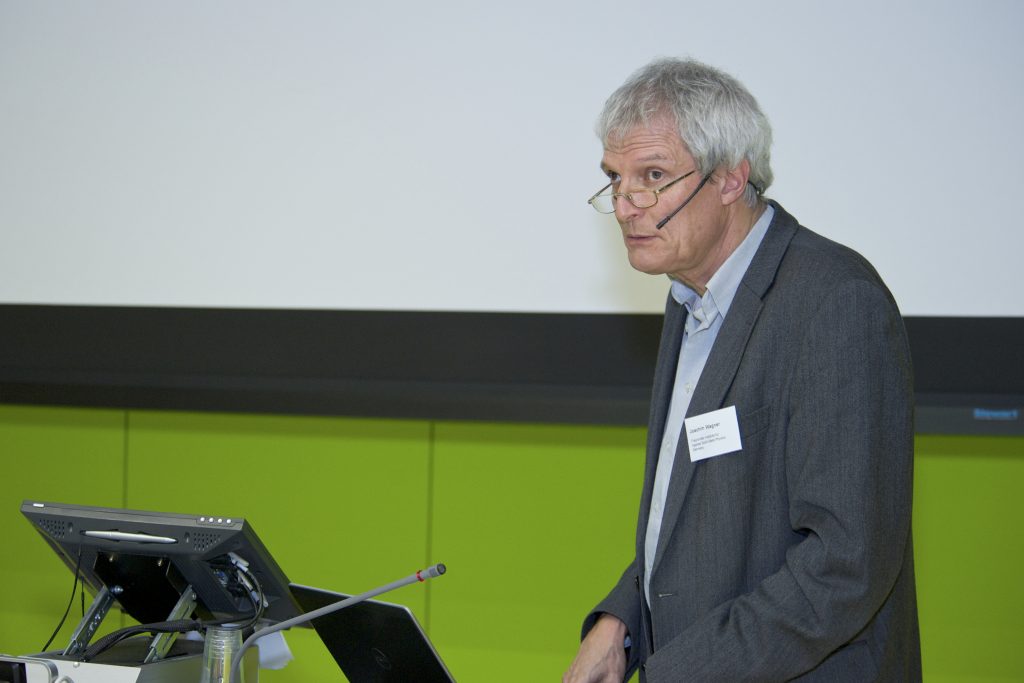

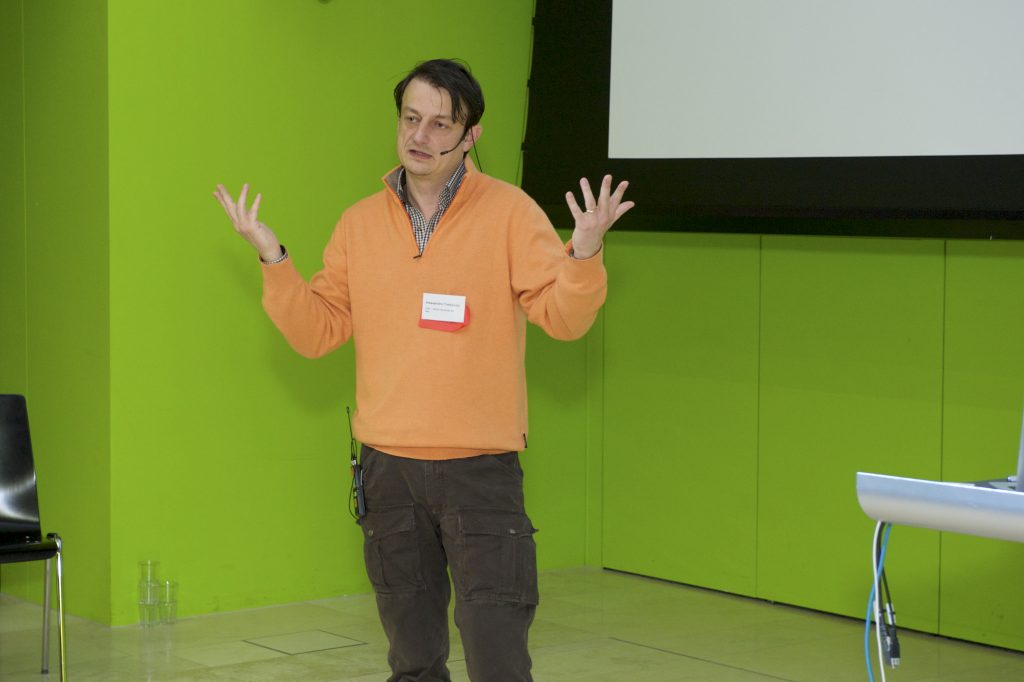
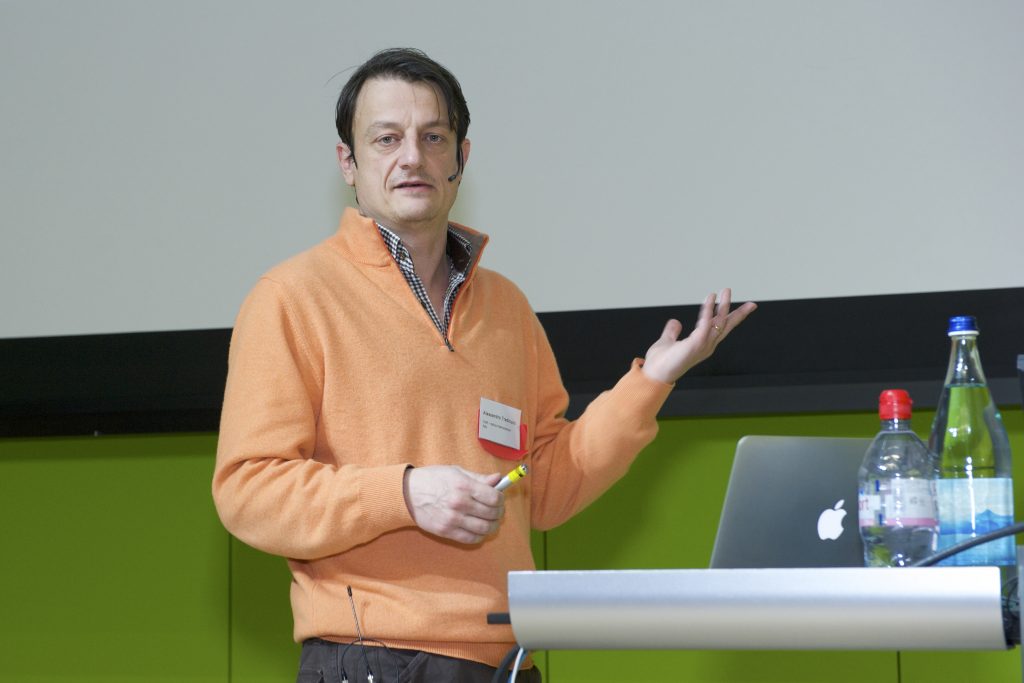

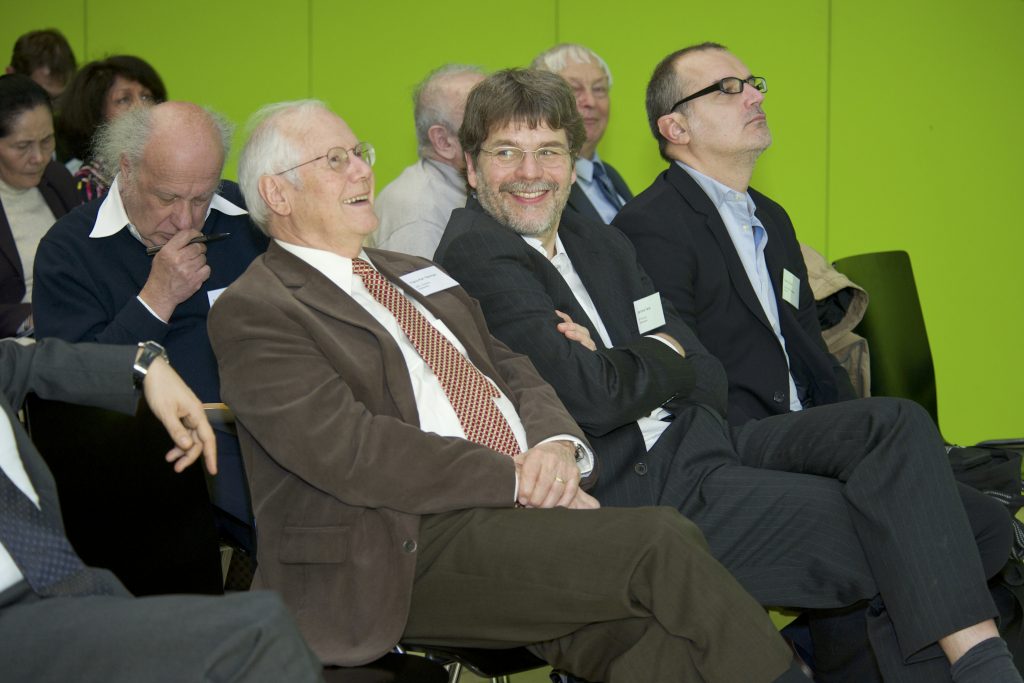
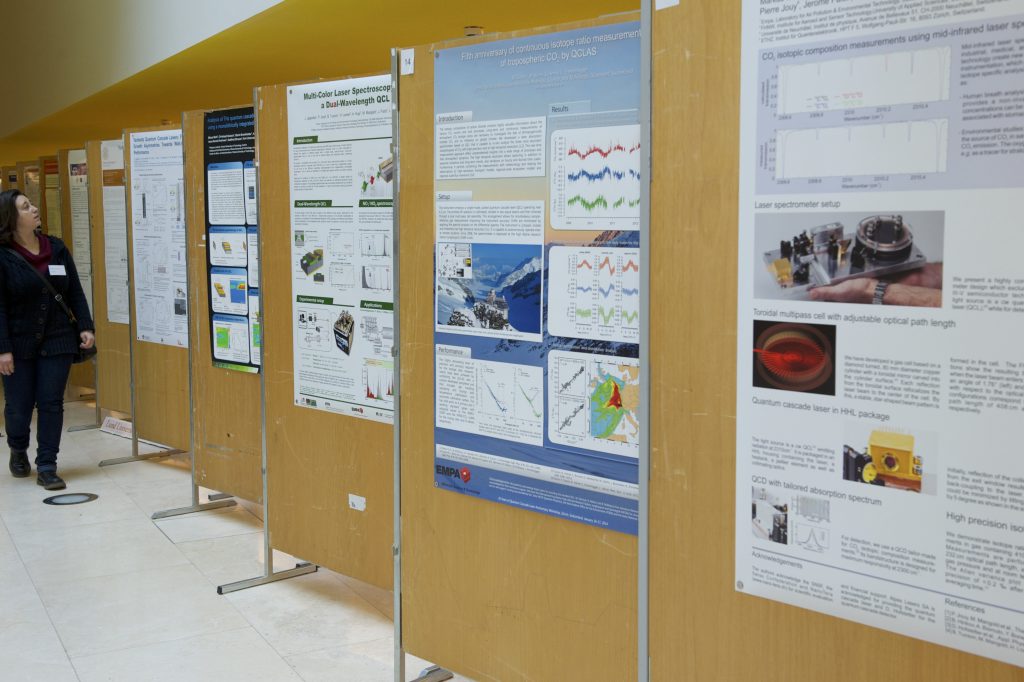
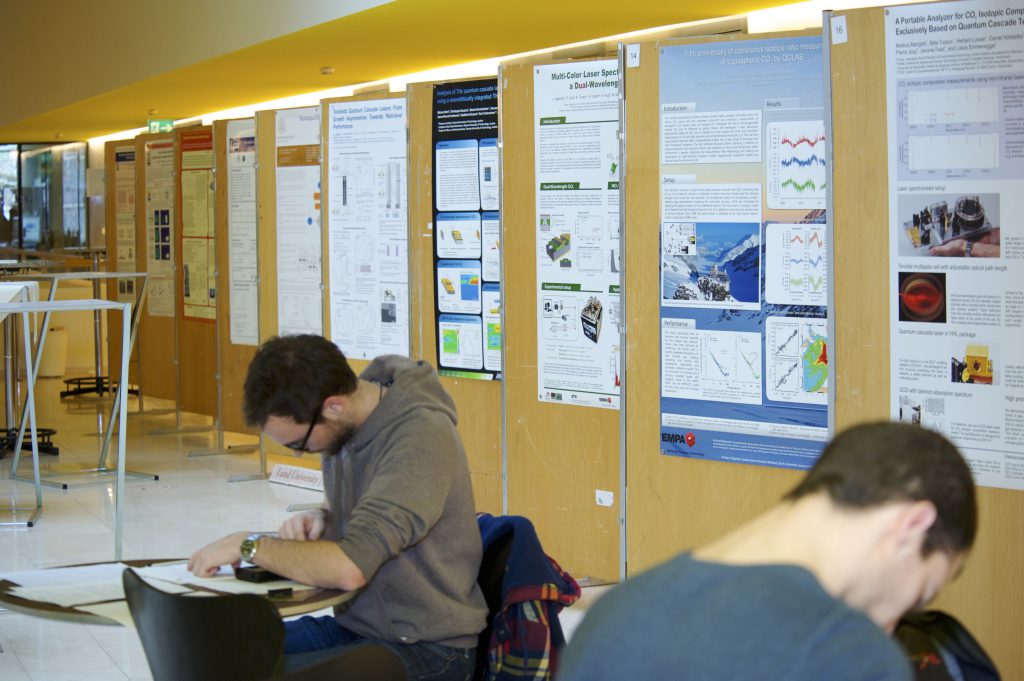
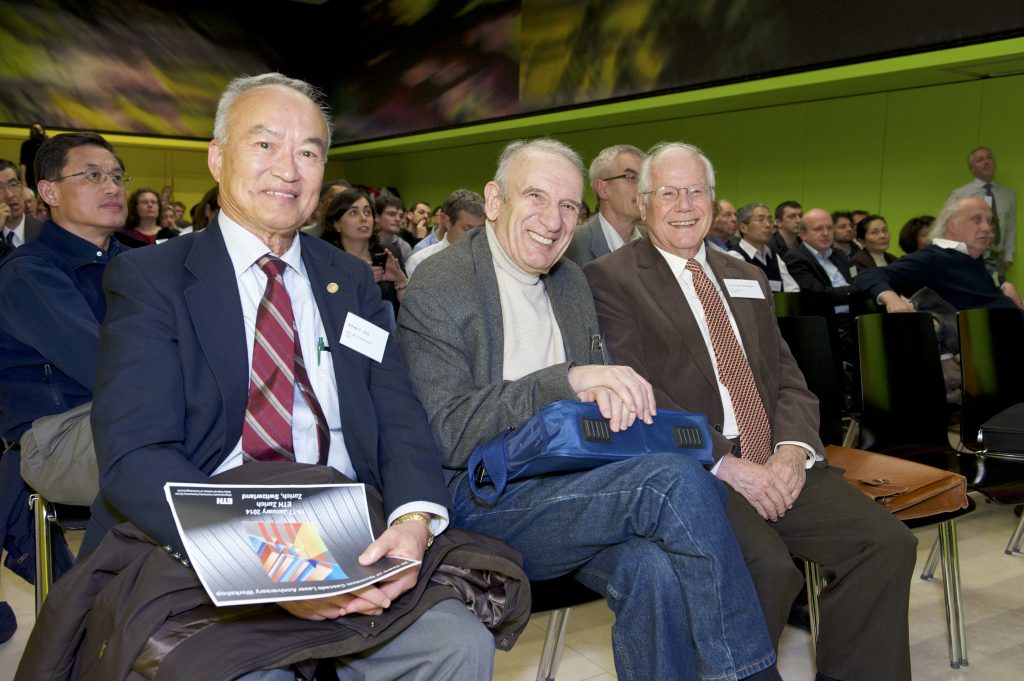


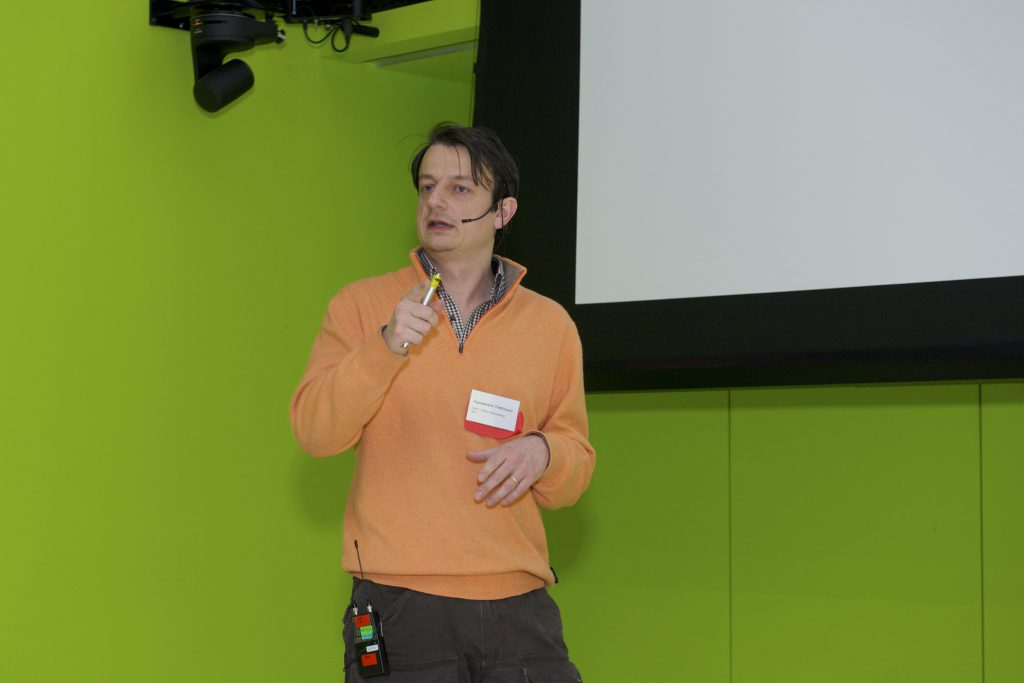
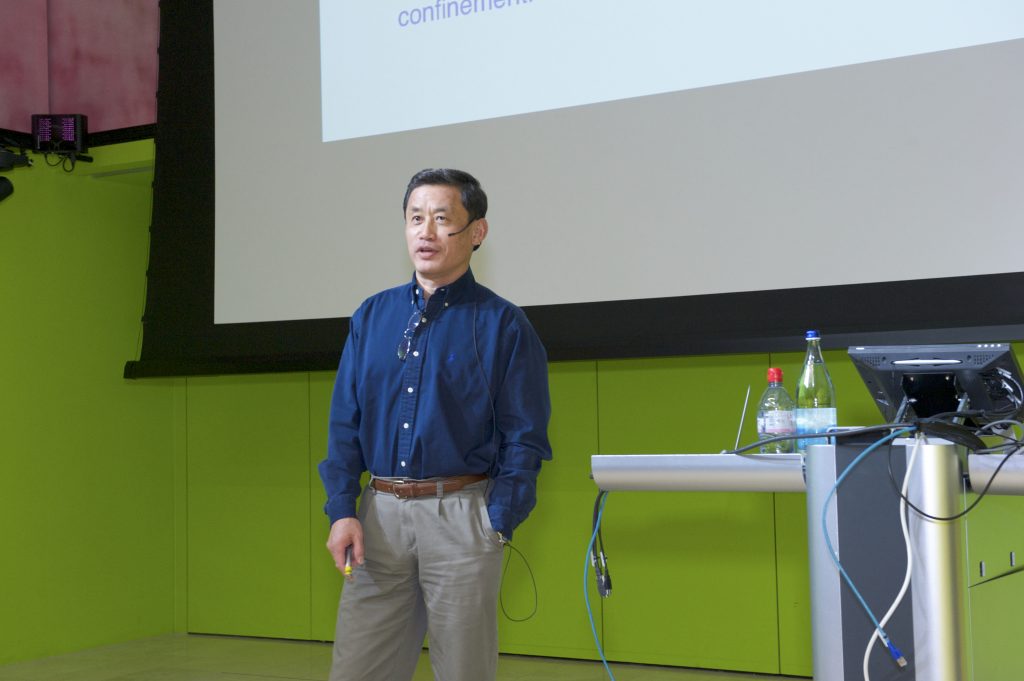
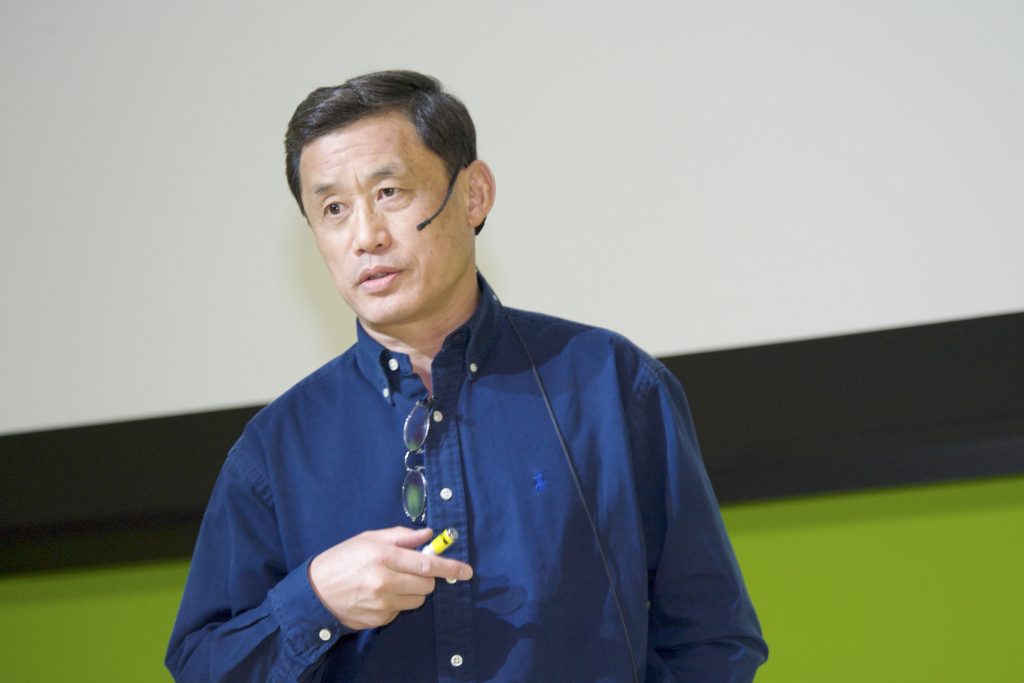
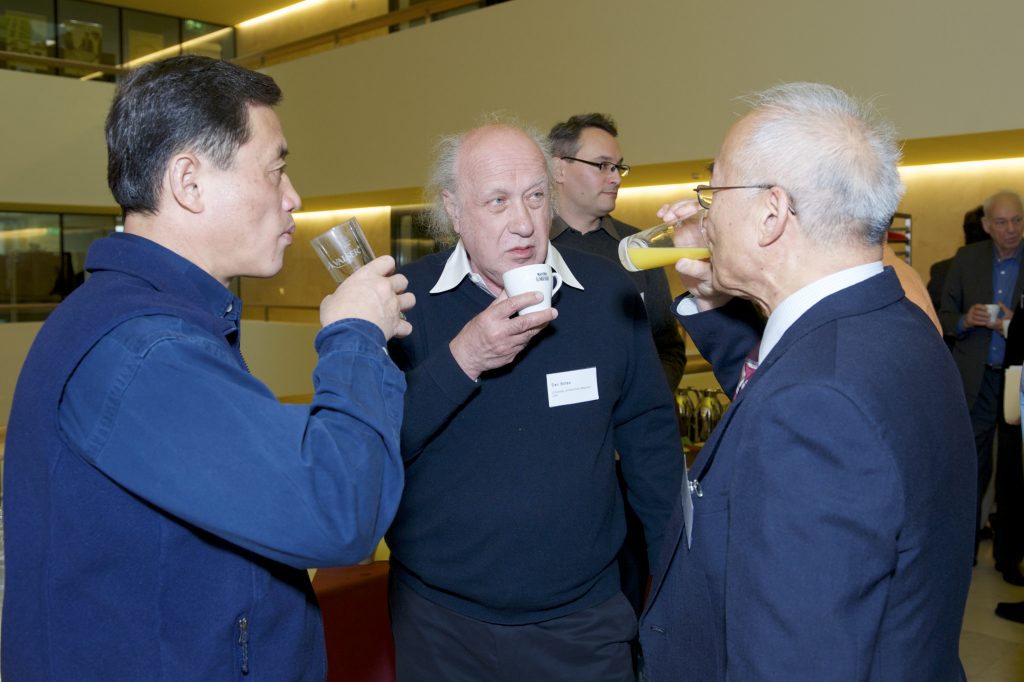

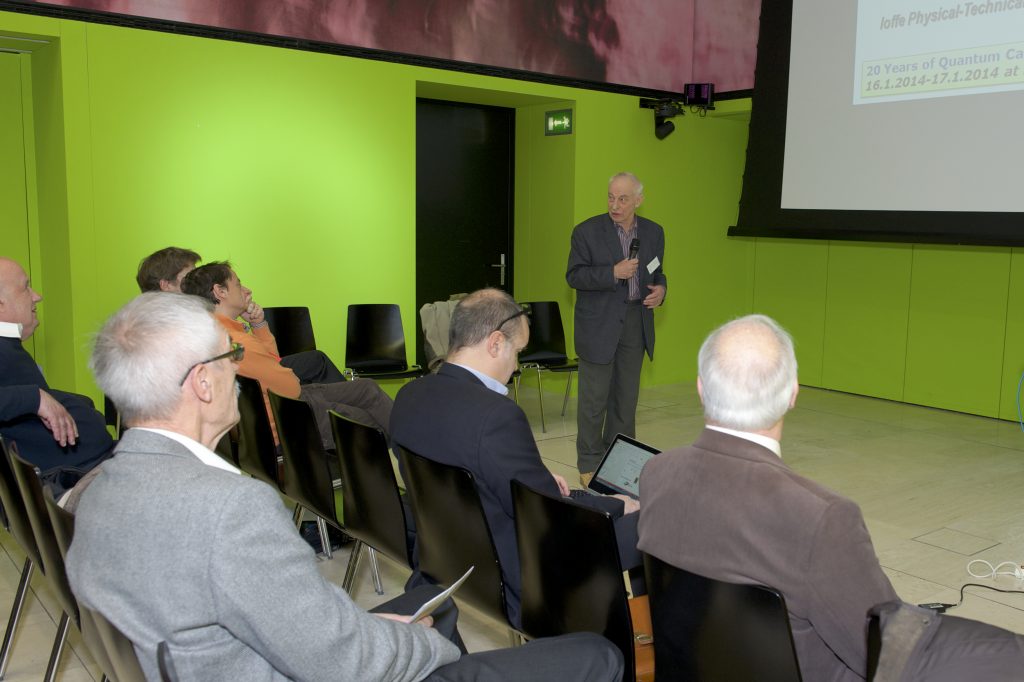



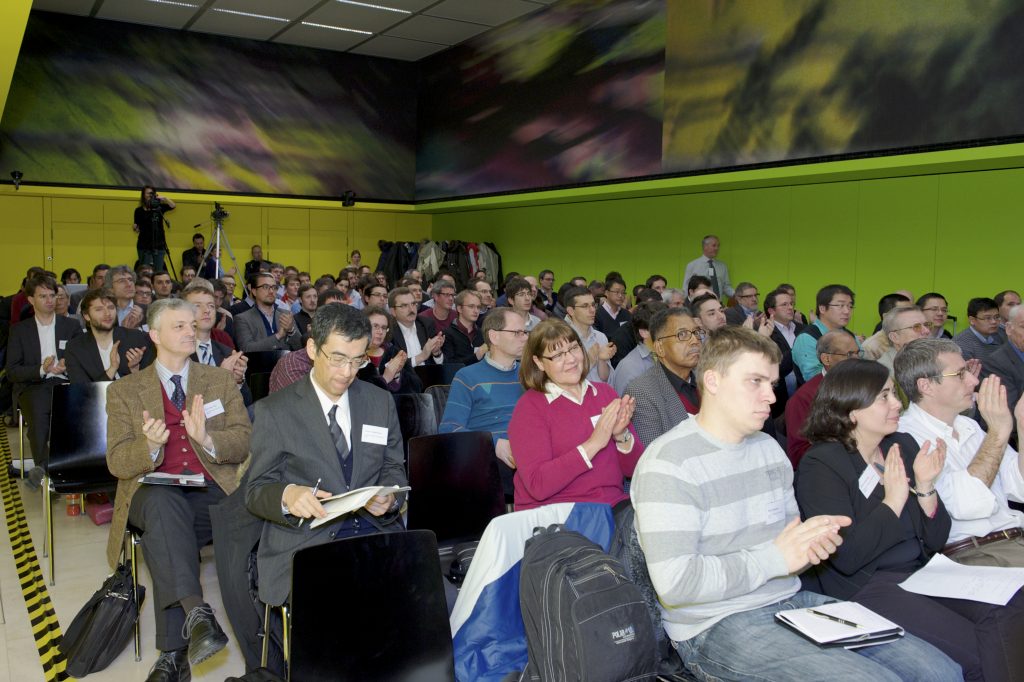
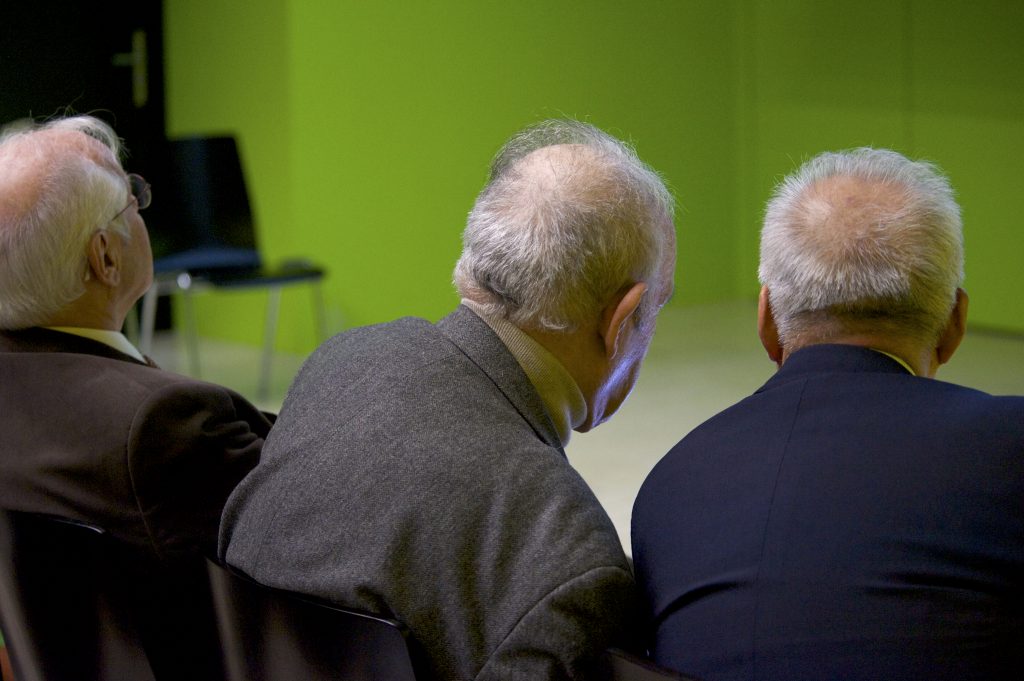
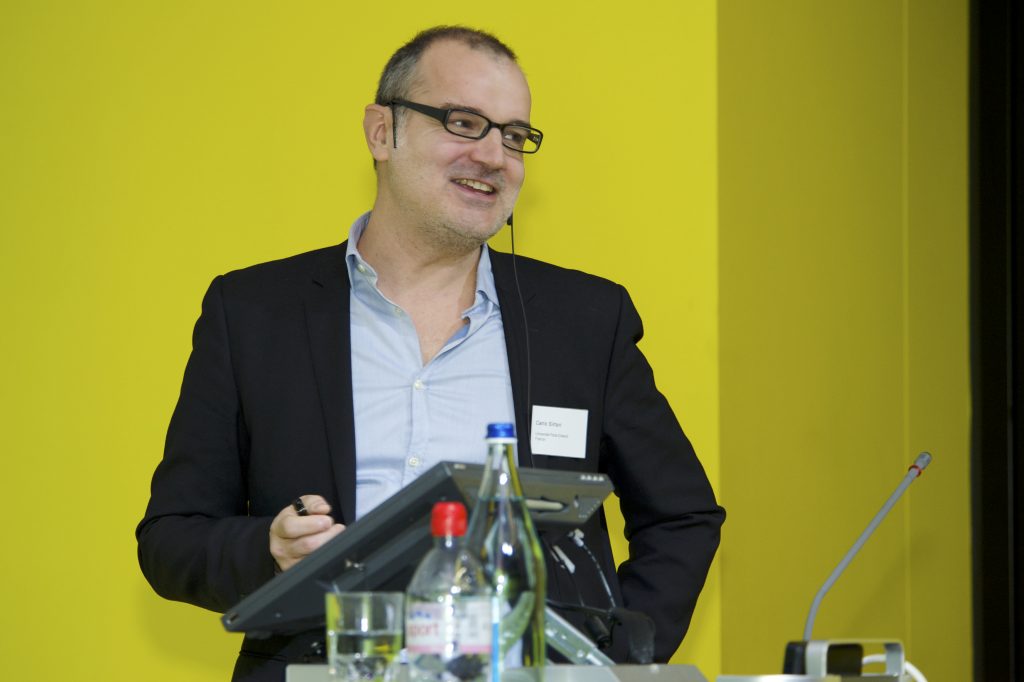
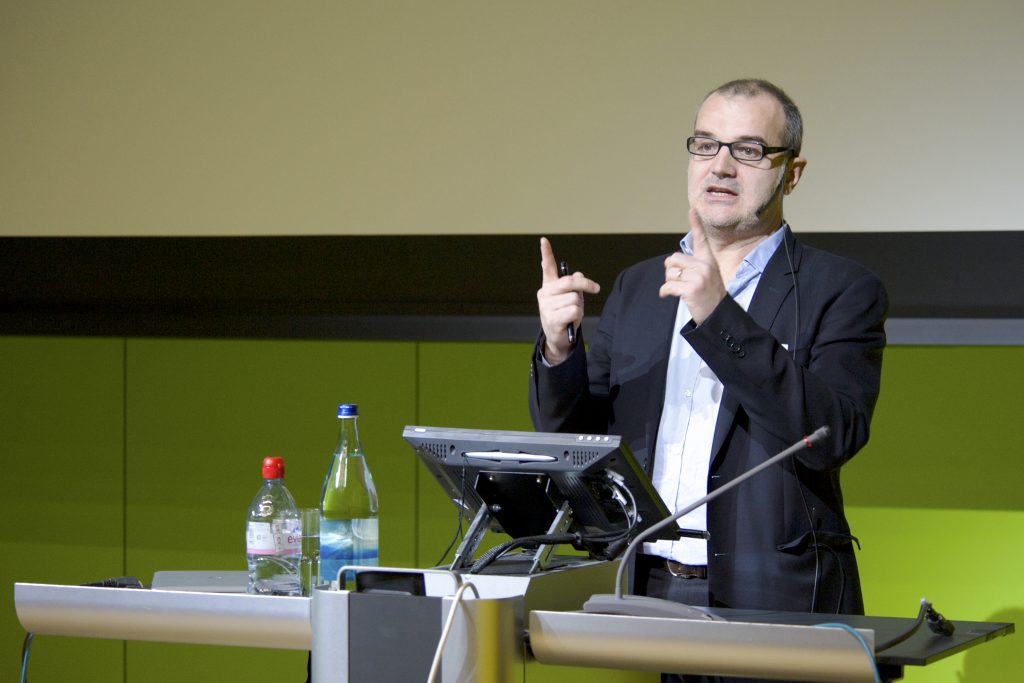
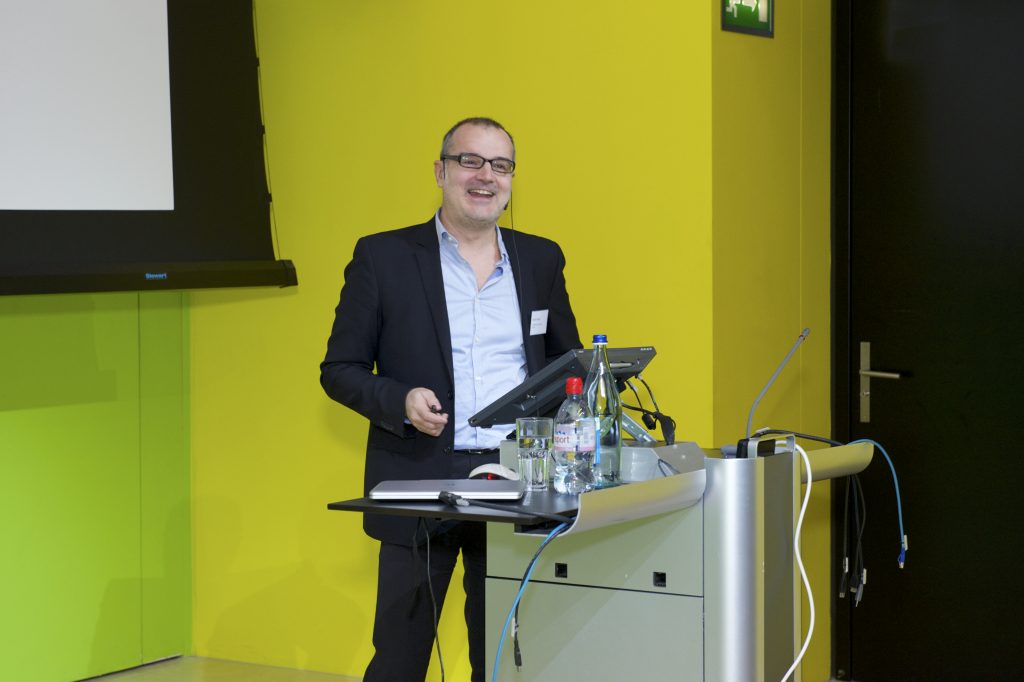
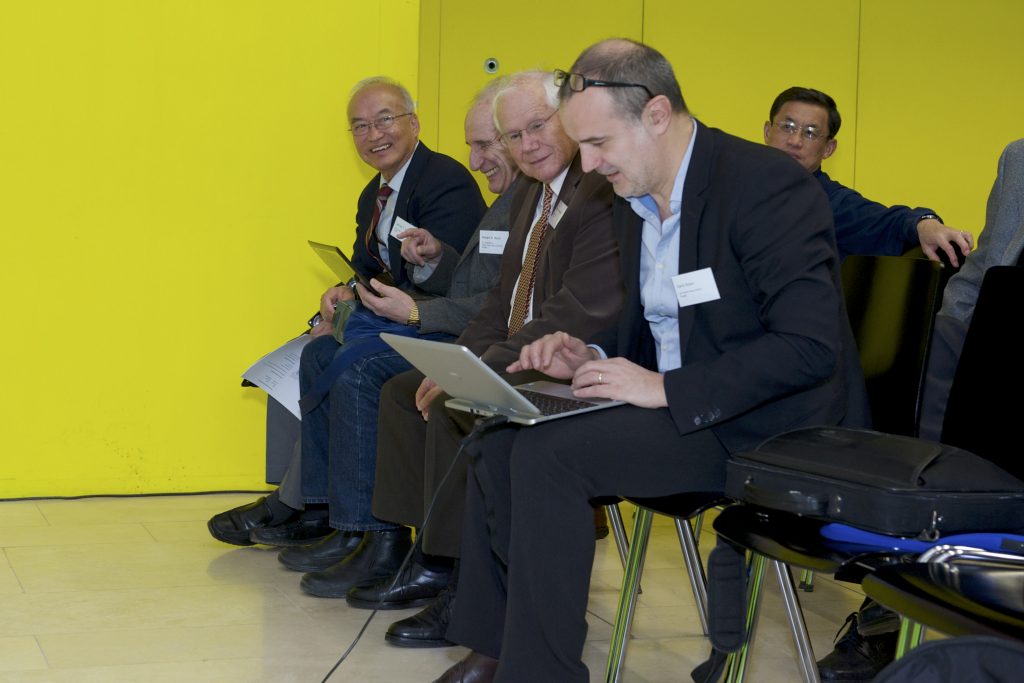
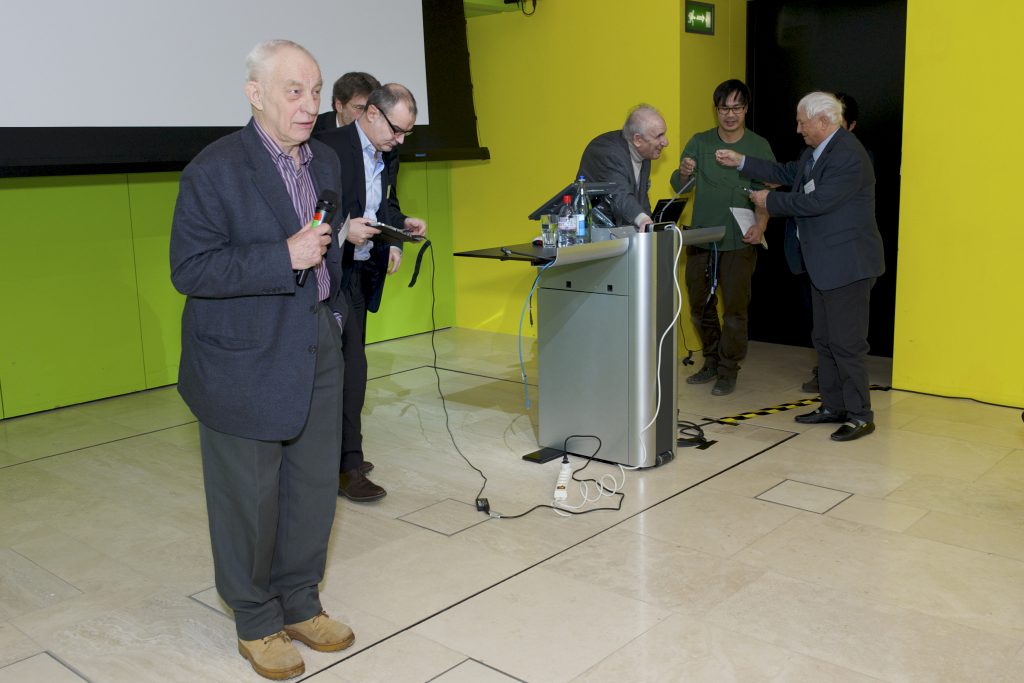
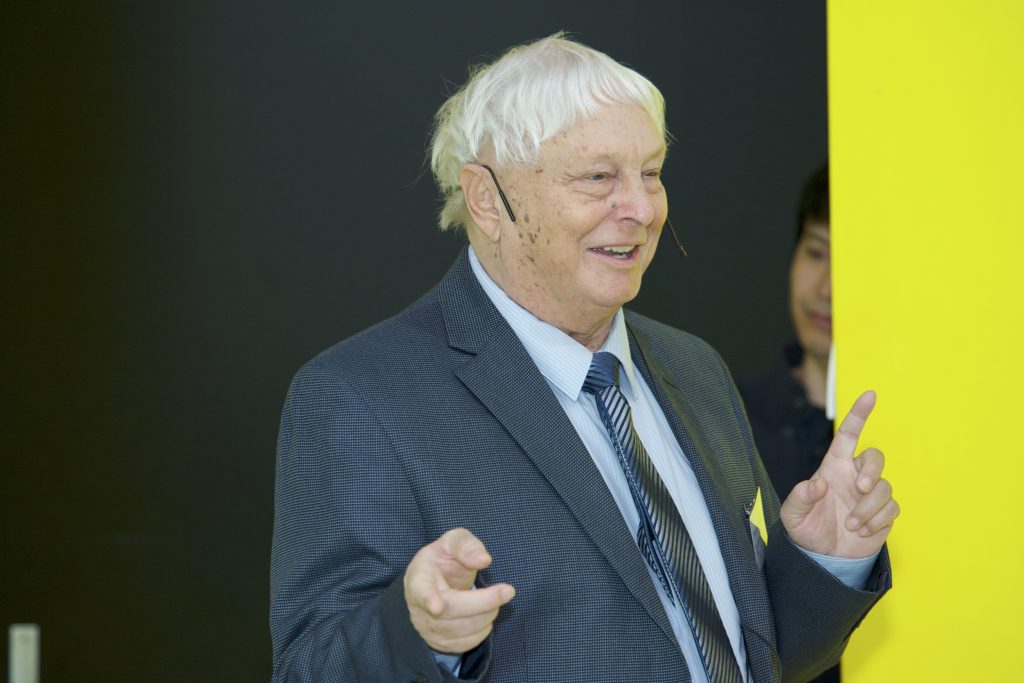
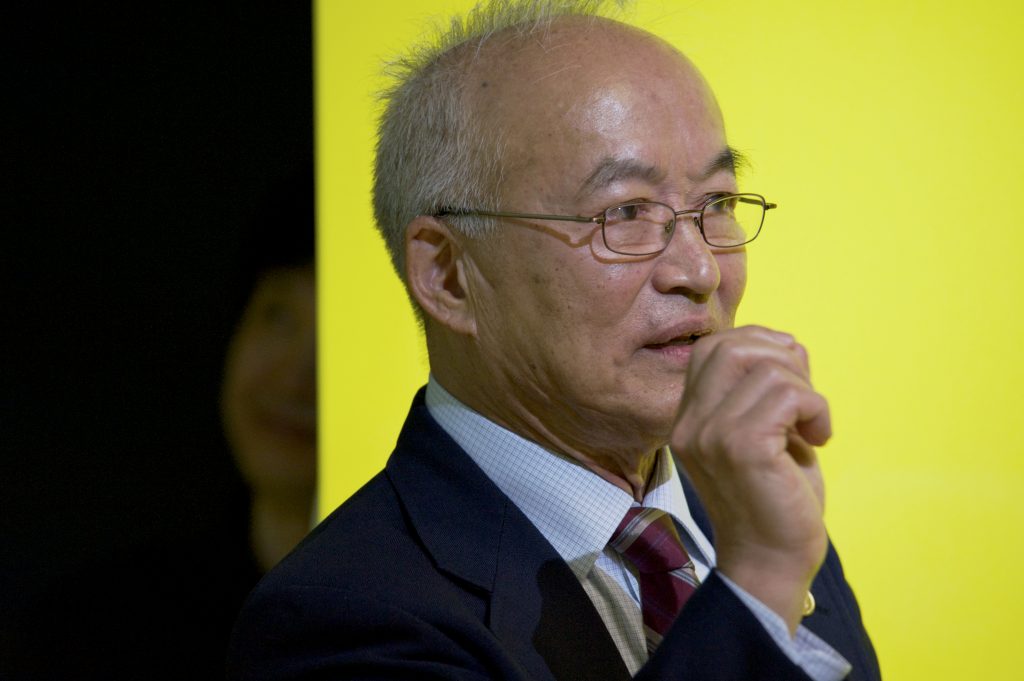


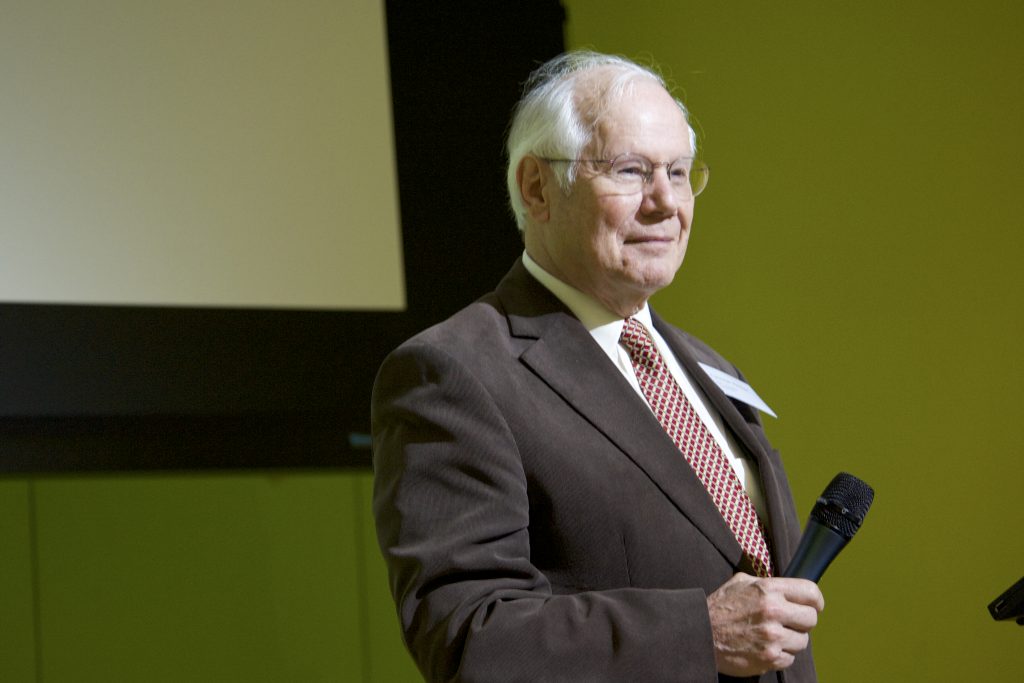
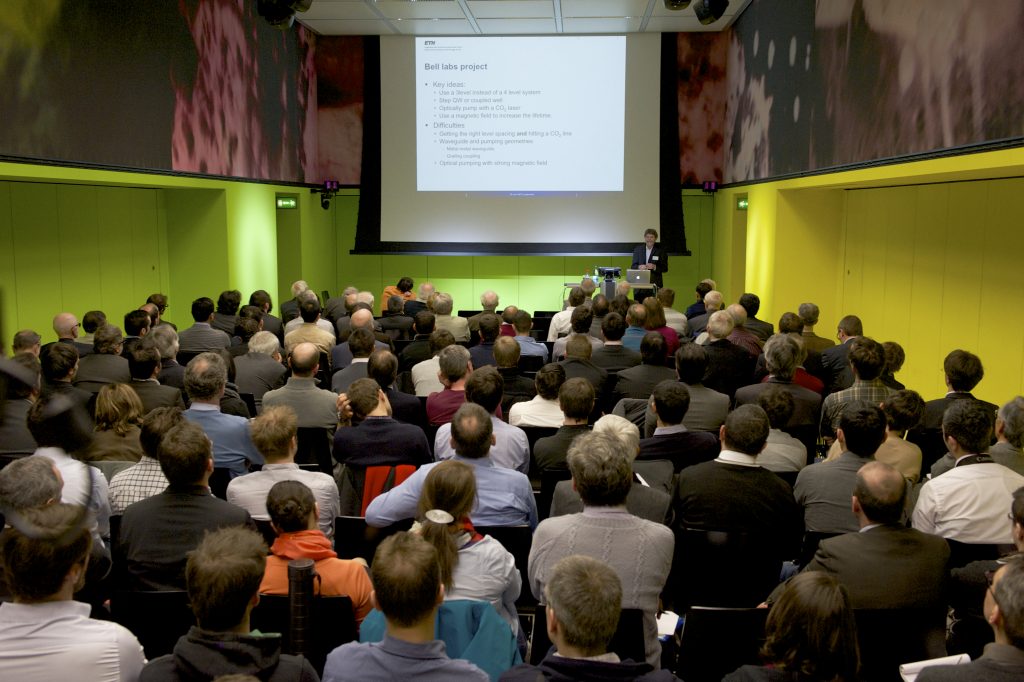
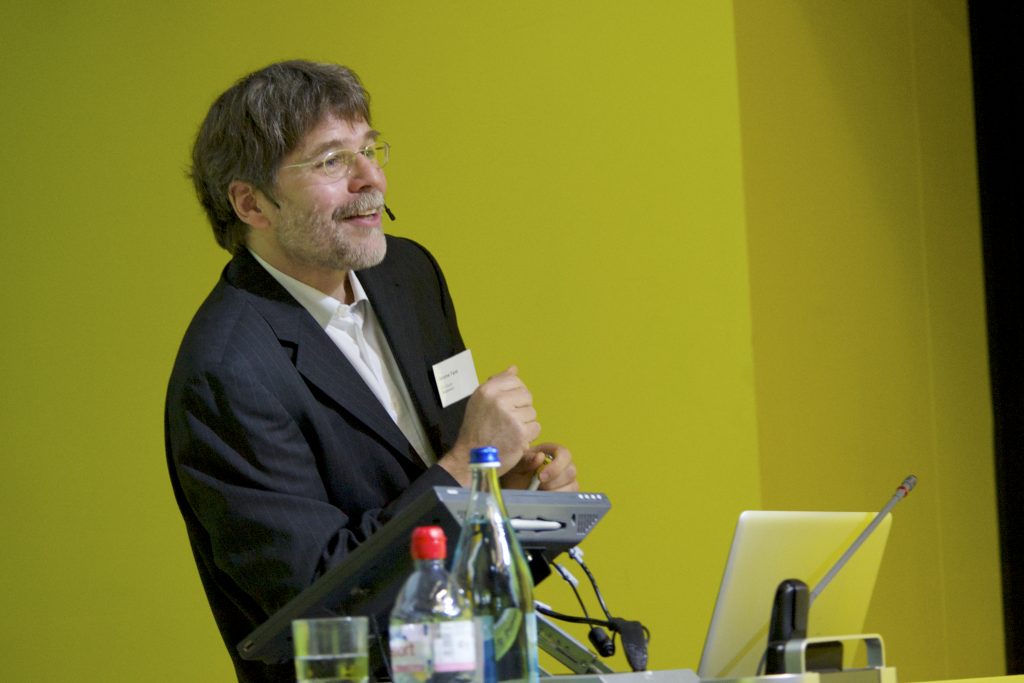

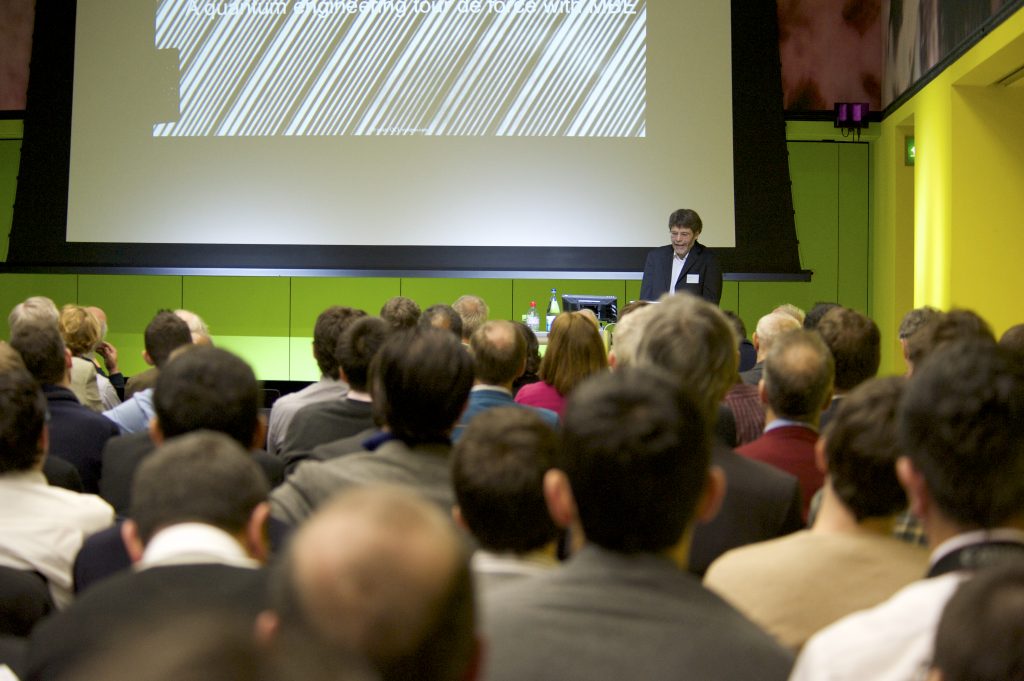


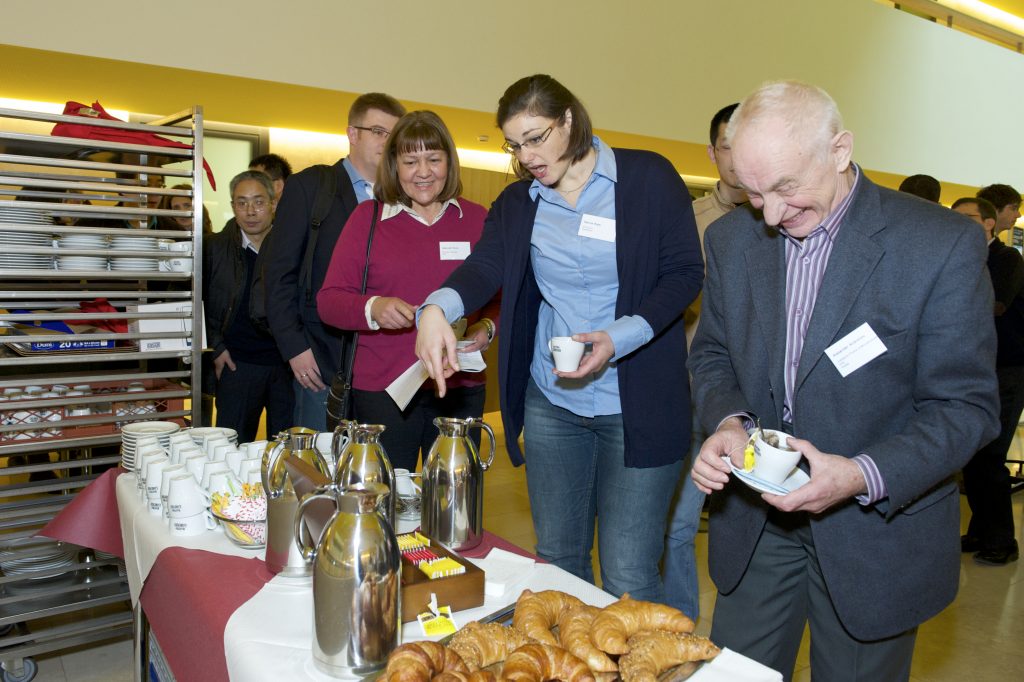

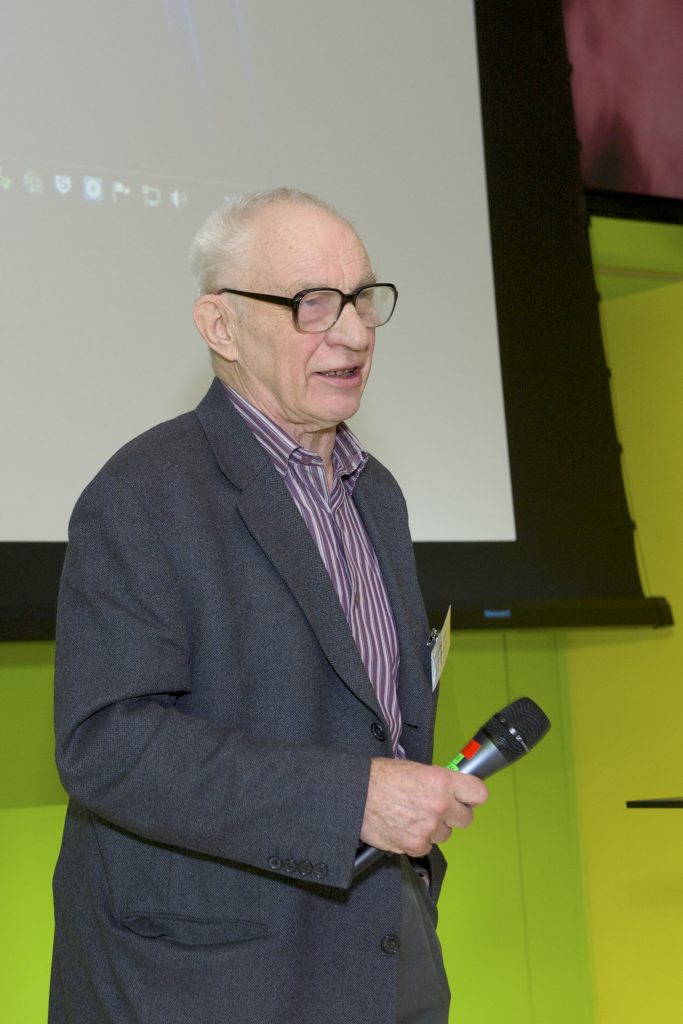
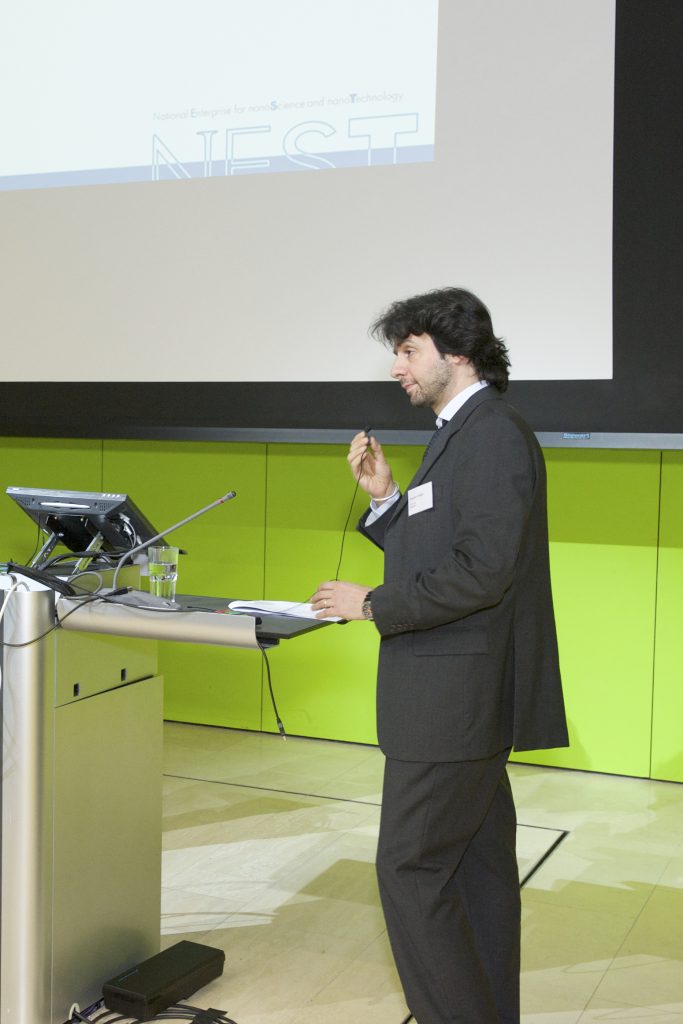
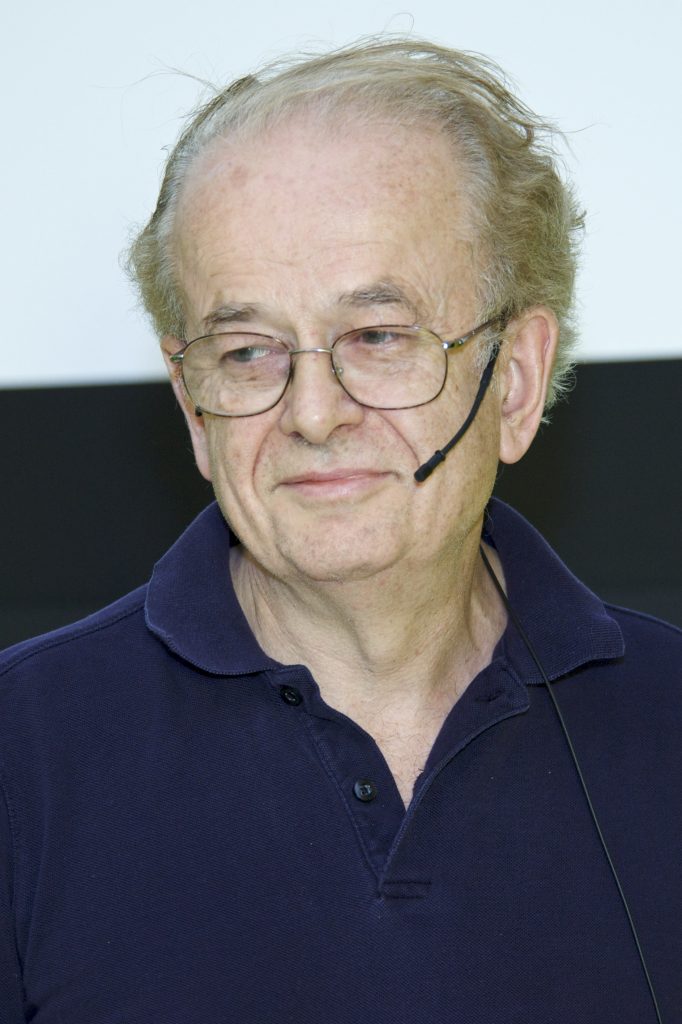
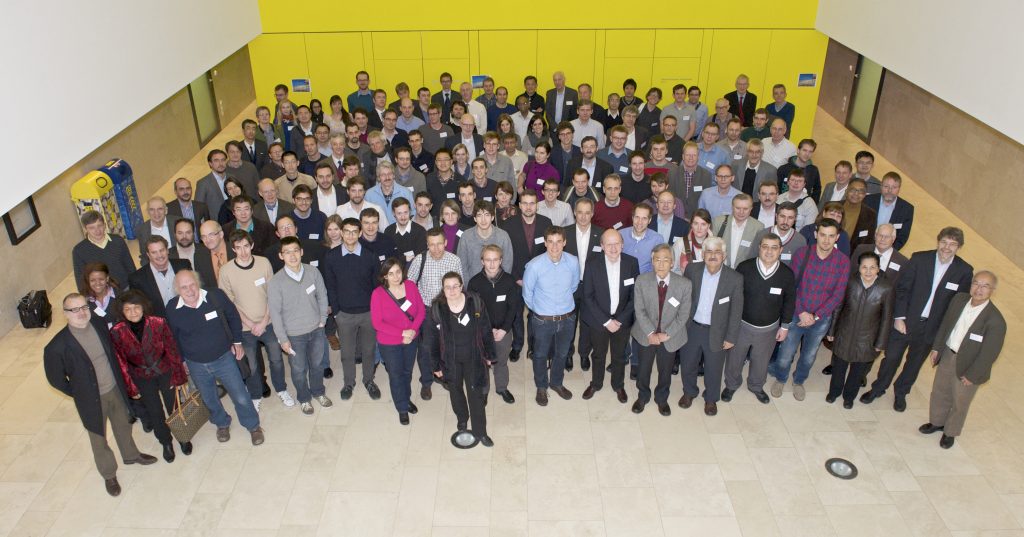
Picture credit: Heidi Hofstetter, D-PHYS, ETH Zurich